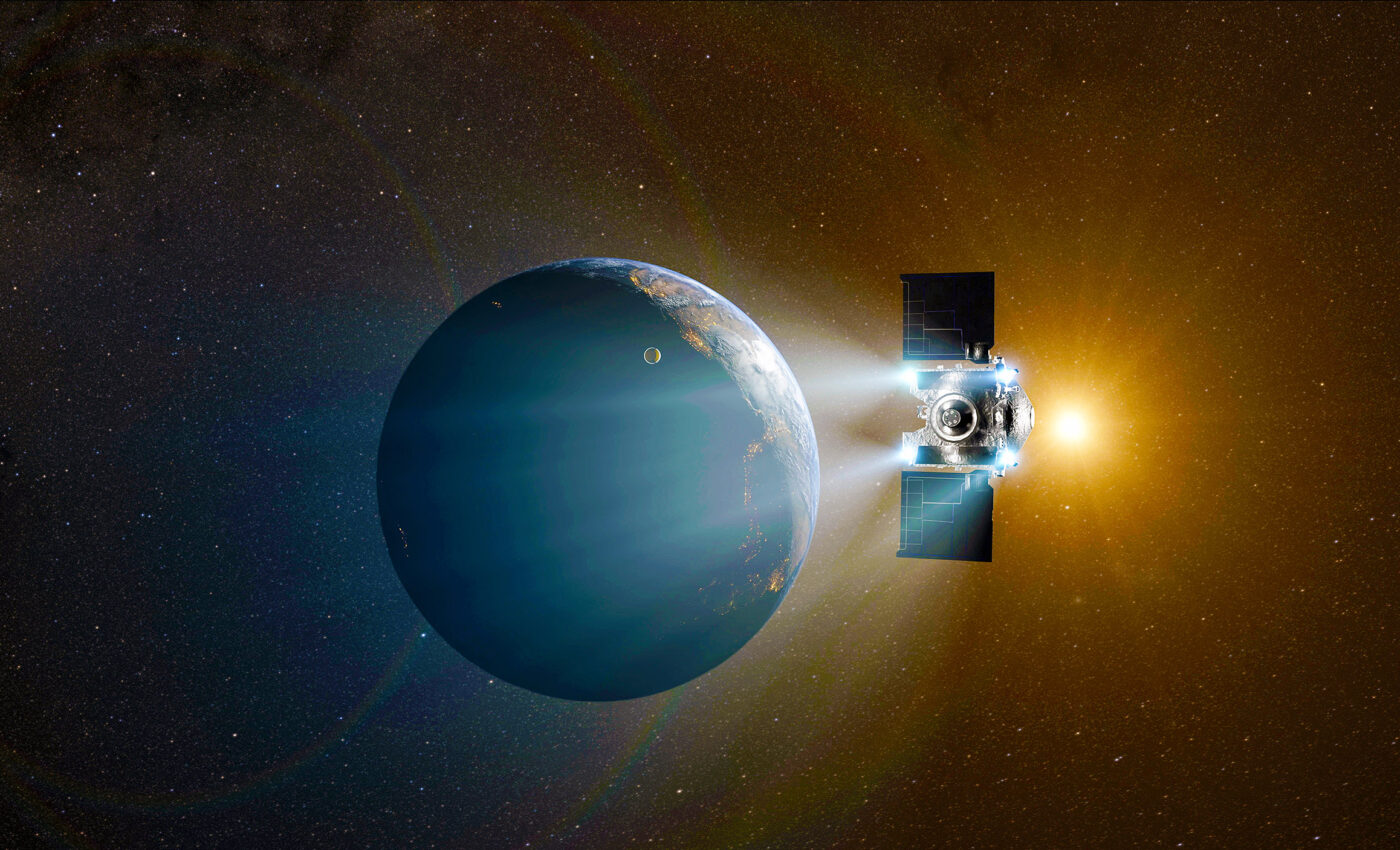
Armageddon-style mission to stop asteroid Bennu collision with earth ends this week
NASA is edging closer to the conclusion of its ambitious seven-year mission, aiming to prevent a catastrophic collision of a massive asteroid named Bennu with Earth. Recent findings have indicated that there’s a 1 in 2700 chance of Bennu slamming into Earth on September 24, 2182.
The menace of asteroid Bennu
Roughly the size of the iconic Empire State Building, Bennu spans about a third of a mile wide. The potential aftermath of its predicted collision with Earth could equate to the explosive energy of 22 atomic bombs.
The asteroid makes its presence felt by passing Earth approximately every six years. However, scientists anticipate that its most perilous close encounter could be a mere 159 years away.
OSIRIS-REx mission
In a proactive move, NASA dispatched a spacecraft to Bennu in 2016. This mission was crucial for collecting samples and advancing the agency’s strategy to stave off a doomsday-like asteroid deflection scenario.
“It feels very much like the last few miles of a marathon, with a confluence of emotions like pride and joy coexisting with a determined focus to complete the race well,” expressed an impassioned Rich Burns, the project manager for OSIRIS-REx at NASA’s Goddard Space Flight Center.
Historic sample collection
In October 2020, NASA’s OSIRIS-REx spacecraft made history by alighting on Bennu’s surface and procuring a chunk of rocky material. Weighing in at approximately 8.8 ounces (250 grams), this represents not only NASA’s inaugural asteroid sample but also the largest ever extracted from space.
Come this Sunday, September 24 at around 10:42 AM U.S. Eastern Time, the world will watch with bated breath as the OSIRIS-REx mission dispatches this precious sample back to Earth. When the spacecraft is roughly 63,000 miles from Earth, it will jettison the sample-return capsule, roughly the size of a mini-fridge.
Entering Earth’s atmosphere at an intense 28,000 mph, enduring temperatures akin to double that of lava, the capsule’s descent will be tempered using parachutes. This will ensure a controlled landing in the Great Salt Lake Desert, Utah, marking the culmination of the OSIRIS-REx’s monumental seven-year odyssey.
Deciphering the secrets of the solar system
These asteroid fragments are expected to furnish scientists with a rare peek into the planet formation phenomena that created our solar system approximately 4.5 billion years ago.
“Pristine material from asteroid Bennu will help shed light on the formation of our solar system 4.5 billion years ago and perhaps even on how life on Earth began,” elucidated Nicola Fox, an associate administrator of NASA’s Science Mission Directorate.
Origin of asteroid Bennu’s name
Discovered in September 1999 by the Lincoln Near-Earth Asteroid Research (LINEAR) survey, the asteroid initially bore the moniker 1999 RQ36. It wasn’t until 2013 that a nine-year-old from North Carolina christened it Bennu. Following his triumph in the ‘Name that Asteroid!’ competition, he drew inspiration for the name from an ancient Egyptian deity.
As NASA approaches the final leg of this critical mission, the world watches in anticipation, rooting for its success and the vast potential knowledge it promises to unravel about our universe.
—
Like what you read? Subscribe to our newsletter for engaging articles, exclusive content, and the latest updates.
—
Check us out on EarthSnap, a free app brought to you by Eric Ralls and Earth.com.













